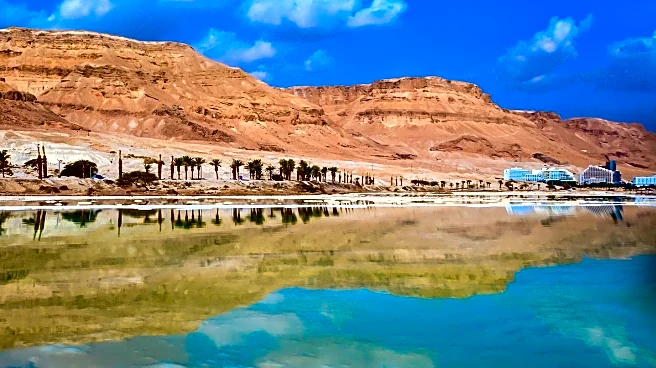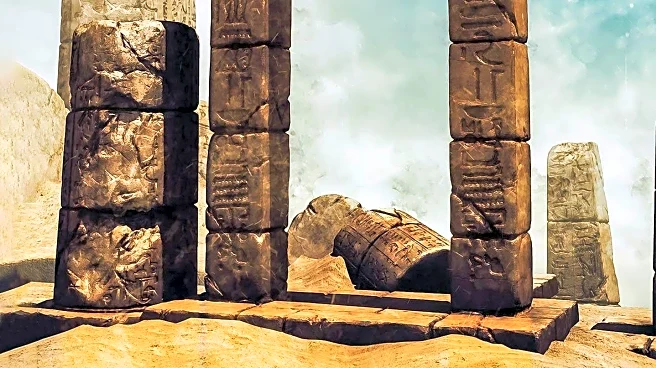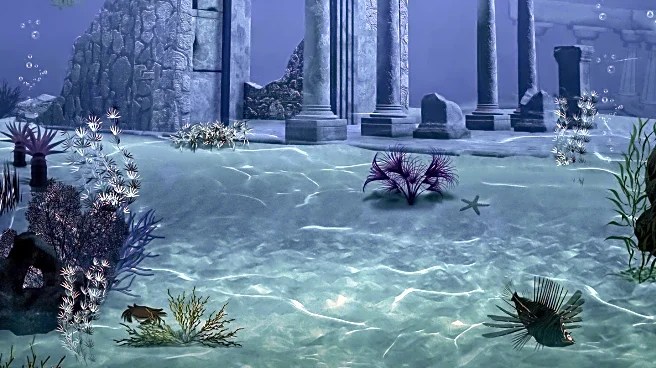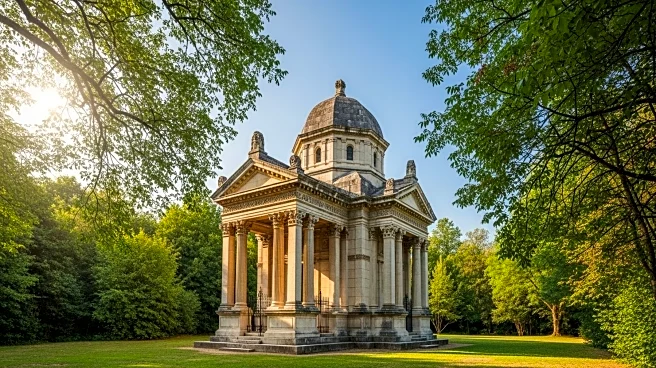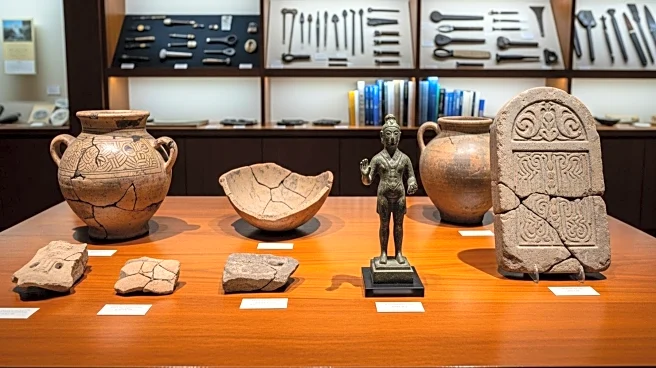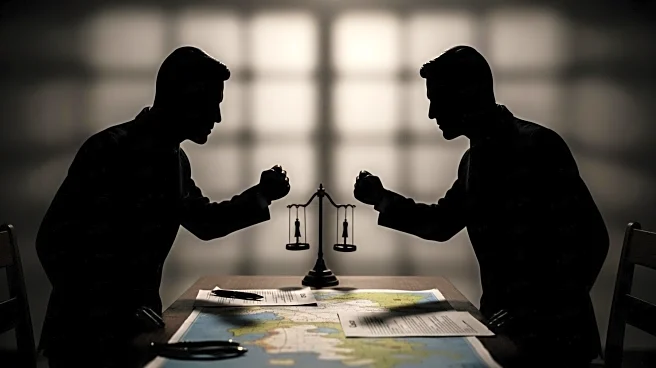Rapid Read • 8 min read
Archaeologists have uncovered new evidence of an early Christian community on Sir Bani Yas Island in the Arabian Gulf. The discovery includes a 1,400-year-old plaster plaque featuring a cross, indicating a larger Christian settlement than previously thought. This cross, found in a limestone building designed for meditation, is linked to the Eastern Church, or Nestorian Church, which emerged in the 5th century. The site, originally excavated in the 1990s, revealed a church and monastery that were not destroyed, suggesting peaceful coexistence between Christians and Muslims during a time of growing tensions. Additional finds include pottery shards, glass vessels, and a bottle that once contained oil or rosewater.
AD
The discovery is significant as it provides insight into the historical presence and cultural interactions of Christian communities in the Arabian Gulf. It highlights the values of peaceful coexistence and cultural openness that have shaped the region's history. The findings contribute to understanding the spread of Christianity in the area before the arrival of Islam in the 7th century. This archaeological evidence may influence current cultural and historical narratives in the United Arab Emirates, emphasizing the region's diverse religious heritage.
Ongoing excavations at Sir Bani Yas aim to uncover more artifacts and understand why the settlement was abandoned. Researchers hope to find additional evidence that could further illuminate the history and lifestyle of the Christian community on the island. The discoveries may lead to increased interest and investment in archaeological research in the region, potentially uncovering more sites of historical significance.
The discovery of the plaster cross and other artifacts on Sir Bani Yas Island underscores the complex religious and cultural dynamics of the Arabian Gulf region. It challenges the notion of historical religious homogeneity and highlights the area's role as a crossroads of different cultures and beliefs. This could have implications for contemporary discussions on religious tolerance and cultural diversity in the Middle East.
AD
More Stories You Might Enjoy
